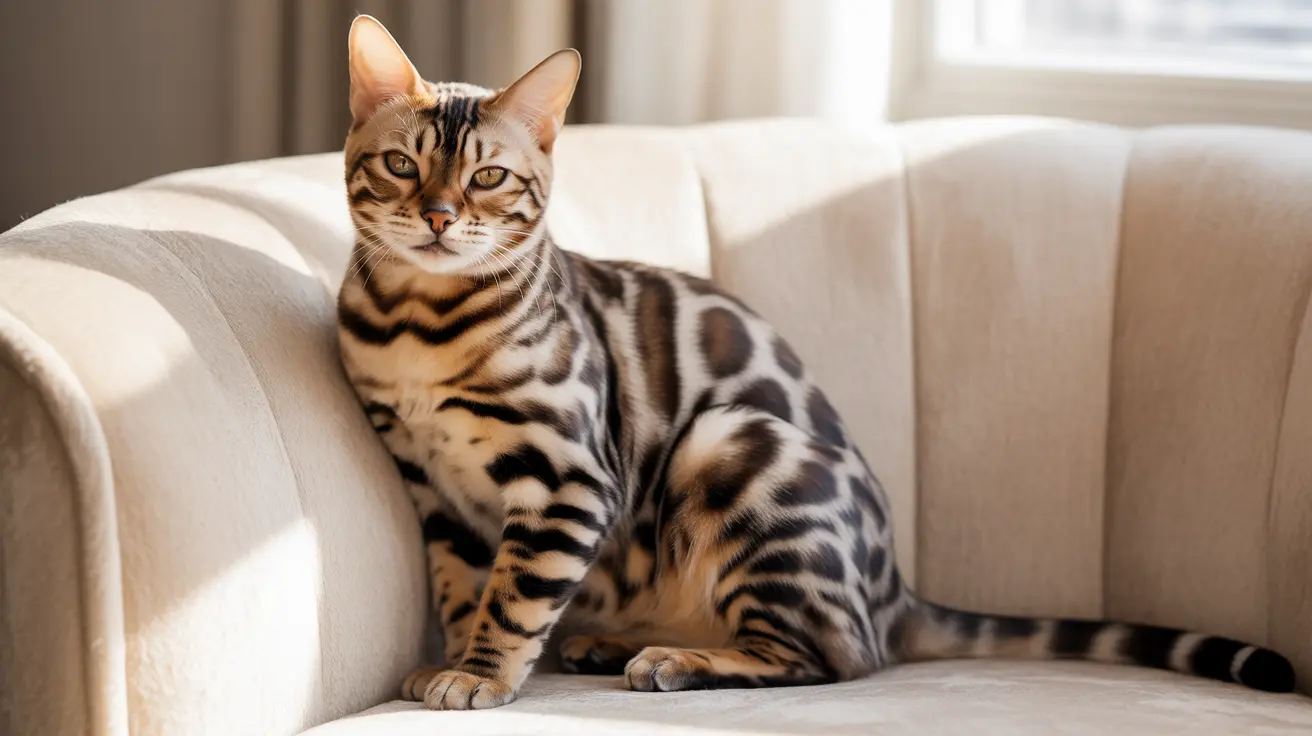How to Convert Your Cat’s Age to Human Years
Understanding your cat’s age in human years helps you provide age-appropriate care, tailor their diet, and anticipate health issues. Whether you’ve had your feline friend since kittenhood or recently adopted a cat with an unknown background, estimating their age is essential for responsible pet ownership. While cats age differently than humans, there are general guidelines and physical markers you can use.
Cat to Human Years Conversion
The commonly accepted method for calculating cat age in human years is as follows:
- 1 cat year ≈ 15 human years
- 2 cat years ≈ 24 human years
- Each additional cat year ≈ 4 human years
Here’s a quick reference chart:
- 1 cat year = 15 human years
- 2 cat years = 24 human years
- 3 cat years = 28 human years
- 4 cat years = 32 human years
- 5 cat years = 36 human years
- 6 cat years = 40 human years
- 10 cat years = 56 human years
- 15 cat years = 76 human years
- 20 cat years = 96 human years
Life Stages of a Cat
Cats go through several distinct life stages that help further define their equivalent human age:
- Kitten (Birth–1 year): Small, blue-eyed, rapidly growing, playful, and teething.
- Junior (1–2 years): Reaches full size, full adult teeth, high energy level.
- Adult (3–6 years): Physically mature, stable behavior, peak physical fitness.
- Mature (7–10 years): Less active, signs of aging like tartar buildup and joint stiffness.
- Senior (11+ years): May lose muscle mass, show dental problems, rougher coats, cloudy eyes.
How to Estimate a Cat’s Age
If you don’t know your cat's exact age, you can estimate it using physical indicators such as:
- Teeth: White, clean teeth indicate a cat under 1 year. Tartar and gum disease suggest an older cat.
- Eyes: Bright, clear eyes are common in young cats. Cloudiness or cataracts appear in seniors.
- Coat: Soft, fine coats denote youth. Older cats often have coarser or matted fur patches.
- Muscle Tone: Young cats have defined muscles. Seniors may appear bony or have loose skin.
- Activity Level: Playful behavior is typical for youth; increased sleep and less jumping shows aging.
Factors That Can Influence Aging
Several variables may affect how your cat ages:
- Breed: Some breeds have shorter lifespans and age more quickly.
- Diet and health: Quality nutrition and medical care can extend longevity.
- Indoor vs. outdoor: Indoor cats typically live 13–17 years, while outdoor cats often live only 2–5 years.
Veterinary Insight
If you're uncertain about your cat’s age, a veterinarian can give the most accurate assessment by examining:
- Dental condition
- Eye health
- Weight and muscle tone
- Mobility and joint function
Signs of Aging in Cats
Recognizing age-related behavior is key to supporting senior cats:
- Increased sleeping
- Reduced mobility
- Weight gain or loss
- Dental problems like missing teeth or visible tartar
- Decreased grooming
- Cloudy eyes or stiffer joints
Conclusion
Estimating your cat's age using a human-years scale provides valuable insights into their health and care needs. While there’s no perfect formula, using physical signs like dental wear and energy levels alongside the human-years scale is an effective approach. For the most accurate age assessment, consult your veterinarian.





